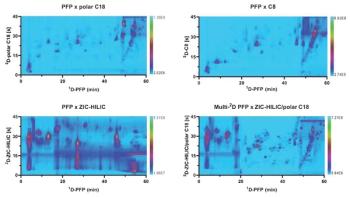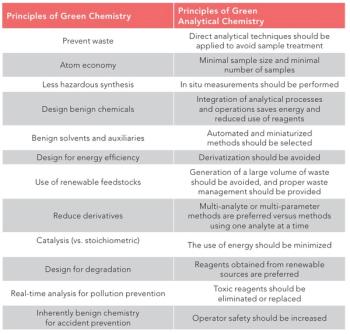Key Points
- Dimethylamine (DMA) is an organic amine that is typically found in humans and marine ecosystems.
- In humans, 80–90% of DMA found is of endogenous origins. The rest can stem from foods, such as fish and seafood.
- Various methods can be used for quantitatively determining DMA and similar substances in biological samples. For example, gas chromatography–mass spectrometry (GC–MS) can be used to better understand DMA biology in health and disease.
- DMA can be beneficial, though it is also considered a precursor to N-nitroso-dimethylamine, a cancerogenic substance.
Dimitrios Tsikas of Hannover Medical School (Hannover, Germany) recently published research in the Journal of Chromatography B exploring the biological nature and significance of dimethylamine (DMA) and other amines in humans and marine ecosystems (1).
DMA is the smallest organic amine, typically appearing as a colorless gas. It has a fishy ammoniacal odor, is readily soluble in water (1540 g/L, 34 M) and contains a weak base (pKb, 3.29). It is a widely distributed natural compound that is of increasingly constant scientific interest, likely due to recognized potential for DMA to form cancerogenic N-nitrosamines.
In this review, the origins of DMA are discussed, along with its occurrence, metabolism and potential functions of dimethylamine in human life and of the DMA-TMA-TMAO axis in the marine ecosystem. In humans, a dimethylamine fraction of about 80–90 % is of endogenous origin. The remaining amount is of exogenous origin, notably present in foods, especially certain fish and seafood. Various analytical methods are available for quantitatively determining dimethylamine, trimethylamine and trimethylamine N-oxide in biological samples, including human urine and fish. Frequently used methods include gas chromatography–flame ionization detector (GC–FID), GC–electron capture detector (ECD), GC–mass spectrometry (MS), and, more recently, liquid chromatography–tandem MS (LC–MS/MS).
Two major origins of circulating and urinary DMA in humans are known. (1) The cellular post-translational modification (PTM) of L-arginine (Arg) moieties in certain proteins to form the DMA-precursor asymmetric dimethylarginine (ADMA). (2) Food, notably fish and seafood, contains considerable amounts of phosphatidyl choline (PC), choline, TMAO and trimethylamine (TMA). The metabolism of all these substances leads to dimethylamine.
A widely used gas chromatography–mass spectrometry (GC–MS) method of using dimethylamine in human urine involves extractive derivatization with pentafluorobenzoyl chloride. Separate aqueous solutions of the hydrochloride salts of commercially available unlabeled dimethylamine (d0-DMA) and hexadeutero-dimethylamine are treated by extractive derivatization using pentafluorobenzoyl chloride (PFBzCl) as the derivatization reagent and toluene as the solvent using Na2CO3 as the catalyst. The DMA concentration in plasma and serum was of the oder of 3 μM in healthy humans. In humans suffering from chronic kidney diseases, the concentration was several times higher. The average DMA concentration in human urine can range between 100 and 1500 µM, corresponding to mean creatinine-corrected excretion rates of 10 to 80 μmol dimethylamine/mmol creatinine in adults and up to 400 μmol dimethylamine/mmol creatinine in children and adolescents.
GC–MS methods have been pivotal to gaining better understanding of DMA biology in health and disease. In humans, up to 90% of urinary DMA is considered as a measure of its endogenous synthesis from post-translational dimethylation of arginine residues in proteins. This post-translational modification can lead to asymmetrically demethylated arginine protein. When this is put through regular proteolysis, these proteins generate asymmetrical dimethylarginine (ADMA) that is finally hydrolyzed to and L-citrulline and dimethylamine, which is then readily excreted in the urine. In fishery, DMA and trimethylamine are treated as freshness indicators due to their enhanced production of microbiomal activity. In fact, high DMA amounts are found in canned fish.
While DMA can be beneficial, it is also considered the precursor of the cancerogenic N-nitroso-dimethylamine. Tsikas proposes that other non-volatile amines, such as histamine and agmatine, could be better suited as fish freshness. Additionally, according to him, trimethylamine N-oxide’s role in human health and disease is elusive. There is room for DMA research to be expanded further.
References
(1) Tsikas, D. Analysis, Biology and Significance of Dimethylamine, Trimethylamine and Trimethylamine N-Oxide in Humans and in the Marine Ecosystem. J. Chromatogr. B 2025, 1258, 124602. DOI: 10.1016/j.jchromb.2025.124602





